A COLLECTION OF OUR BEST SWIM TIPS
Over the years, we've covered hundreds of swimming tips, drills, and techniques. To help you navigate it all, we've dug into our archives to create a roundup of the most popular and impactful lessons ever published on the Swimator Blog.
Whether you're a novice overcoming a fear of the water or an intermediate swimmer looking to refine your stroke, these are the foundational concepts that will lead to real improvement.
Dive Into: A Collection of Our Best Swimming Tips
- Foundational Skills for Every Swimmer
- Stroke-Specific Technique Tips
- Join the 360swim Community
- Frequently Asked Questions
Foundational Skills for Every Swimmer
Without mastering the basics, you might as well be swimming against the current. These posts cover the absolute essentials of swimming.
-
For the Absolute Beginner: It all starts with confidence. Our two-part beginner series is the perfect place to start, covering floating and how to stand up and the secrets to relaxation and body position.
-
Mastering Body Position: The single most important concept in swimming is learning to be a streamlined 'tree log' in the water. This is the key to efficiency.
-
The Secret to Speed: Everyone wants to know how to swim faster. The answer isn't just grinding out more laps; it's about improving your technique and being patient.
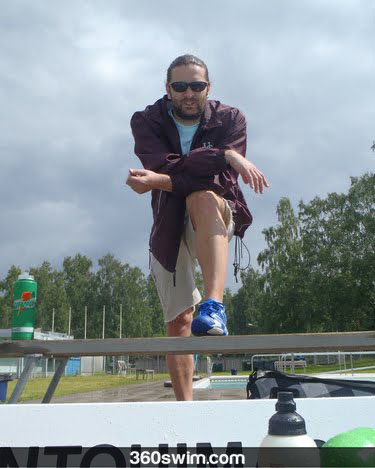
-
Getting Water Up Your Nose: This is a frustrating problem for many swimmers. Our guide teaches you how to stop it by understanding the connection between your mouth and nose and mastering the human nose clip technique.
-
Fixing Sinking Legs: This continues to be a major hurdle for many. Learn what to do with your body when your legs sink and how to improve your kick with targeted workouts.
-
Understanding Drag: The "if this, then that" approach to swimming is key. Understanding how streamlining affects drag forces will change the way you think about moving through the water.
-
Overcoming Fear: It's more common than you think. This article on what to do when you feel like you're drowning is a must-read for building water confidence.
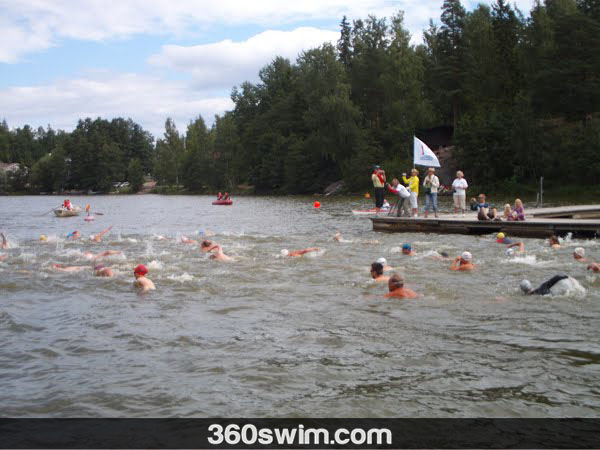
Stroke-Specific Technique Tips
Once you have the fundamentals, it's time to refine your strokes.
-
Freestyle Analysis: A key part of learning is being able to spot errors. This video analysis of the top freestyle stroke flaws will help you recognize issues in your own stroke.
-
Breaststroke Deep Dive: Our breaststroke enthusiasts love learning about the complex arm movements, the even more difficult breaststroke kick, and how to recognize the top breaststroke flaws.
-
Find Your Swim Type: Not all freestyle strokes are the same. Learning what your freestyle swim type is can help you determine which drills and workouts are most beneficial for you.
Join the 360swim Community
To improve your swimming even more, join our 360swim YouTube Channel.
There you have it. The most popular swimming tips from 360swim blog.
Have fun exploring the swimming world.
Frequently Asked Questions
What is the most important skill for a beginner swimmer?
The absolute foundation is mastering body position and relaxation. This includes learning to float comfortably, keeping your head down to create a streamlined 'tree log' position, and overcoming the fear of the water.
How do I swim faster and more efficiently?
The key to swimming faster is not just swimming more, but improving your technique. Focus on reducing drag by mastering your streamline and body position first. Speed comes from efficiency, not just effort.
What are the most common problems for new swimmers?
Two of the biggest hurdles are sinking legs and getting water up the nose. Both are usually caused by an incorrect head position and a lack of proper breathing technique (exhaling through the nose).
How can I improve my specific strokes like breaststroke or freestyle?
The best way is to learn to recognize common flaws and then use targeted drills to fix them. For example, understanding the complex arm and leg movements in breaststroke is crucial for improvement.
What is a 'swim type' in freestyle?
Freestyle swimmers can often be categorized by their stroke characteristics (e.g., 'smooth', 'hybrid', 'swinger'). Knowing your swim type can help you choose the most beneficial drills and workouts for your specific style.
 LNURL1DP68GURN8GHJ7URP0YHRXD3SWDMKJMFWVDHK6TMVDE6HYMRS9A4HSCNCWFXSH3NN0H
LNURL1DP68GURN8GHJ7URP0YHRXD3SWDMKJMFWVDHK6TMVDE6HYMRS9A4HSCNCWFXSH3NN0H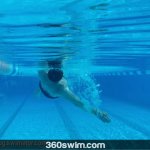

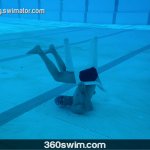


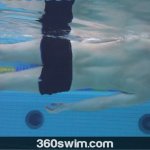
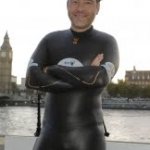

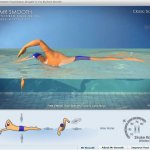
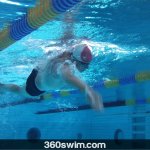
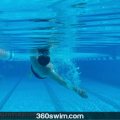



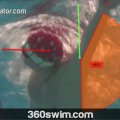
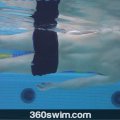
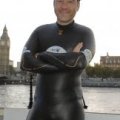
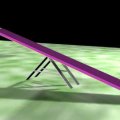
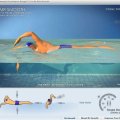
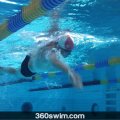













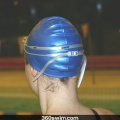
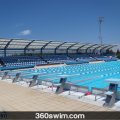




Comments (2)